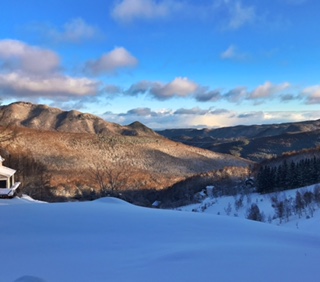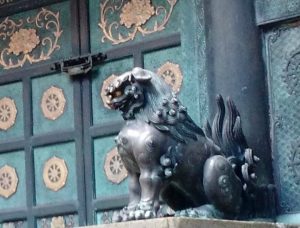It has been almost two weeks since our class got a second prompt to think about and write about. That prompt went like this: what is the natural landscape of Japan like? As soon as I heard that prompt, I said to my professor, “isn’t it hard for us to find natural landscape while we are in Tokyo?” I remember her speaking to me softly that when I assumed it was hard to find the ‘natural landscape’ in a city like Tokyo, I already had an assumption of what the “nature” looked like to me. She also sounded wanting to challenge me to try on different points of view to understand the meaning of the question. Through the simple, but a broad question of what the natural landscape of Japan, I wondered around places in Japan for two weeks and interacted with people in each place. I finally got some idea about how to answer the question and advance my thoughts about the whole concept of nature. Nature cannot be separated from human beings. Humans are affected by natures, and natures are constantly affected by human beings, too.
As we have done the lifework chores and cleaning at ARI, visited another organic farm and a dairy farm in a forest, went back to Tokyo for three nights, joined Nodai students in Nagawamachi, Nagano, and etc., I got to see many parts of Japan which I never had a chance to see before. There were hundreds of different landscapes of Japan otherwise I never noticed. I met people from young to old, from many different parts of Japan. I looked and listened to how they talked to each other and how they interacted with visiting foreigners. One of the most interesting things I remember from the trip happened at an onsen — a public hot spring facility where females and males have a separate room for each gender and take a bath together fully naked. In the changing room, I was putting on my clothes back. Next to me, there was a mid-sixty looking lady standing naked. She seemed like she was cooling herself down after taking the hot tab. But at the same time, she was talking with the other lady who I assumed was her friend. Although almost everyone from St. Olaf had some sort of nerves and awkwardness about getting naked themselves in front of people, Japanese ladies seemed very comfortable and even enjoyed their daily conversation. I thought I saw a different type of socialization of Japan. There, many local people had yearly passes and they hang out naked. The point here is that I started to see people in each scene. When we are on a farm, we have folks who do the work together. When I visited the dairy farm in the forest, the man who taught about the idea said that cows are not enough if they give out just milk to humans, but they are useful if they eat the grasses and make a path for humans. When I listened to the lecture about the Fukushima fishery, we were asking about the scenery of the ocean with a wind turbine on the offshore. When we went back to Tokyo for just a few night to transport, I saw how tall buildings are and how polluted the air is. But I loved the reflection of the sunset on the glasses of a tall building seen from the Iidabashi station.
The natural landscapes are everywhere. Japan’s landscape is not just a traditional “natural” scenery. When you look up at the sky in Tokyo, you see the ‘natural’ landscape which might be slightly polluted by human’s activities. If you step in a public hot spring bath, you see people interacting in a way that space allows them to do so. When you visit the 6,000 population village in Nagano prefecture, you see people seem to be surprised and excited to see foreigners. The landscapes, spaces, environments and everything help to shape us and we also shape the environments, nature, and communities back.
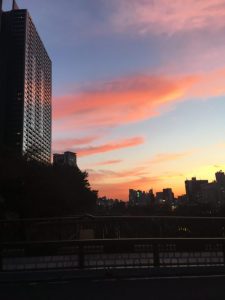
sunset reflection on the office building in Tokyo
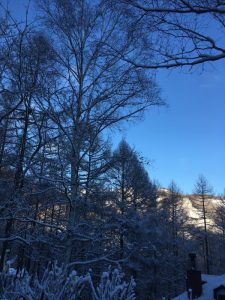
Snow all over the forest, in Nagano
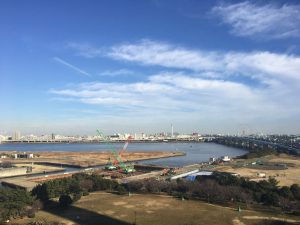
View of the incinerator in Tokyo
